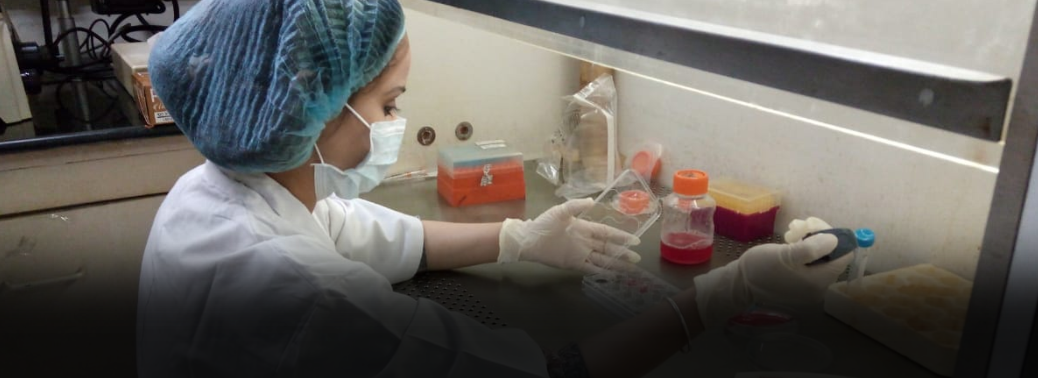Nilavembu Kudineer Kills Dengue Virus, Protects from Chikungunya
03, Feb 2019

Prelims level :
Mains level :
The siddha drug showed significant antiviral activity, Immuno-Modulation:
- Under in vitro conditions, nilavembu kudineer (a Siddha medicine) was found to provide protection against chikungunya virus while it was effective as a treatment during acute phase of dengue infection. Dengue subtype-2, which is the most prevalent subtype in India, was used for testing the formulation.
- There was significant antiviral activity of the formulation at 3% of human dose onwards. Currently, there is no treatment for dengue and chikungunya.
Mode of Action:
- A team of researchers from the International Centre for Genetic Engineering and Biotechnology (ICGEB), Delhi found that thenilavembu kudineer formulation was modulating the host response in the case of both chikungunya and dengue virus but in a different manner.
- The mode of action of the concoction is antiviral in the case of dengue while immuno-modulatory in chikungunya infection. “The reason why we say the formulation is immuno-modulatory is because of the way nilavembu kudineer acts upon viral infections in different types of cells. However, the mode of action of the formulation on immuno-modulation is yet to be understood.
- To study the antiviral activity, the researchers tested the formulation on monocytes and macrophages in the case of dengue and epithelial kidney cells for chikungunya virus. “The monocytes and macrophages are the primary sites of infection in the case of dengue.
- And kidney is the secondary site of infection by chikungunya virus. The primary site of infection of chikungunya virus is fibroblasts before the virus enters the blood stream and then to different organs.
- The joints are the worst affected due to chikungunya virus infection. But we don’t have primary joint cell lines to test the formulation at this point.
Safety studies:
- Safety studies showed that nilavembu kudineer concoction was non-toxic starting from 3% (about 1.8 milligram per millilitre) of human dose. However, the researchers found that andrographis, which is the active ingredient ofnilavembu kudineer, when used alone was extremely toxic at 3% of human dose.
- Human dose is prepared by mixing 5 grams of nilavembu kudineer in 240 ml of water. It is then boiled and reduced to 30 ml and consumed.
- “This shows that nilavembu kudineer as a formulation is safe for use in humans. The cytotoxicity of andrographis reduces drastically when given as a concoction with other ingredients of nilavembu kudineer. The nilavembu kudineer herbal concoction is made by mixing nine ingredients in equal measure.
- “The importance of herbal medicines lies in the fact that they use plant as a whole. This is important because if the modern concepts are used in alternative medicine and only active component is separated, then it will cease to act as a herbal medicine and will plainly act as a chemical drug which can be highly toxic/hazardous to the human body.
- “Based on the results of our study we see the formulation working well for dengue and chikungunya infections especially during outbreak conditions.
- Based on the positive results from in vitro studies, the researchers are in the process of studying the safety and mode of action of the formulation using mice models.






